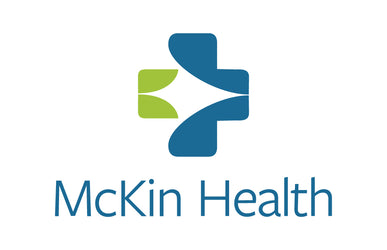
IDDSI training with Thick-It
The International Dysphagia Diet Standardisation Initiative (IDDSI) has revolutionized the way we define texture-modified diets and thickened liquids, offering a globally recognized standard for individuals with chewing and swallowing difficulties. This standardized approach not only ensures consistency in care but also enhances safety and quality across all age groups and care settings.
At the heart of IDDSI lies its comprehensive framework, providing clear guidelines with names, numbers, and colours for each level of texture modification. For instance, Pureed is represented by the number 4 and the colour green, making it easy to identify and implement. Additionally, IDDSI offers detailed descriptors for every level, facilitating precise preparation and serving of foods and drinks.

The momentum behind IDDSI implementation has gained traction, particularly with the recent announcement from the Academy of Nutrition and Dietetics (AND), signalling a transition away from the National Dysphagia Diet towards exclusive support for IDDSI in its Nutrition Care Manual. This shift underscores the urgency for healthcare providers globally to embrace IDDSI standards for the sake of patient safety and upholding professional standards.
However, successful IDDSI implementation requires more than just disseminating information about its levels. It demands a well-coordinated, interdisciplinary approach coupled with robust team training. Effective training programs should not only cover the basics of each IDDSI level but also delve into the rationale behind the changes, the importance of adherence to standards, and the role of each team member in ensuring patient safety.
Characteristics of a successful IDDSI training program include:
- Comprehensive Content Delivery: Information should be presented clearly and comprehensively, addressing the specifics of each IDDSI level, including patient suitability, characteristics of foods and drinks, and testing methods.
- Tailored Learning Approach: Recognizing the diverse learning styles within healthcare teams, training programs should cater to different learners, incorporating visual aids, hands-on experiences, and opportunities for independent problem-solving.
- Focus on Practical Application: Training should equip team members with the knowledge and skills necessary for daily practice, fostering independence in IDDSI testing and reinforcing a culture of safety.
- Cultural Sensitivity: Training materials should be accessible to all team members, regardless of language proficiency or literacy levels, ensuring inclusivity and understanding.
For those seeking further information on IDDSI, resources such as Roche Dietitians’ “Your Guide to IDDSI” and IDDSI.org offer valuable insights and updates. Additionally, the newly released guide "Understanding IDDSI" provides a comprehensive overview of the initiative. For nutritious and flavorful Puree Level 4 meal ideas, the "Variety Comes to the Table" recipe book, curated by the makers of the Thick-It® brand and a team of registered dietitians, offers a collection of nourishing options to support individuals with dysphagia.
In embracing IDDSI standards and investing in comprehensive training, healthcare teams can ensure standardized, safe, and quality care for individuals with dysphagia, ultimately improving their quality of life and well-being.
Source: https://thickit.com/blog/2021/03/24/training-healthcare-teams-for-iddsi-implementation/
© The International Dysphagia Diet Standardisation Initiative 2019 @ https://iddsi.org/framework/ Licensed under the CreativeCommons Attribution Sharealike 4.0 License https://creativecommons.org/licenses/by-sa/4.0/legalcode. Derivative works extending beyond language translation are NOT PERMITTED.
